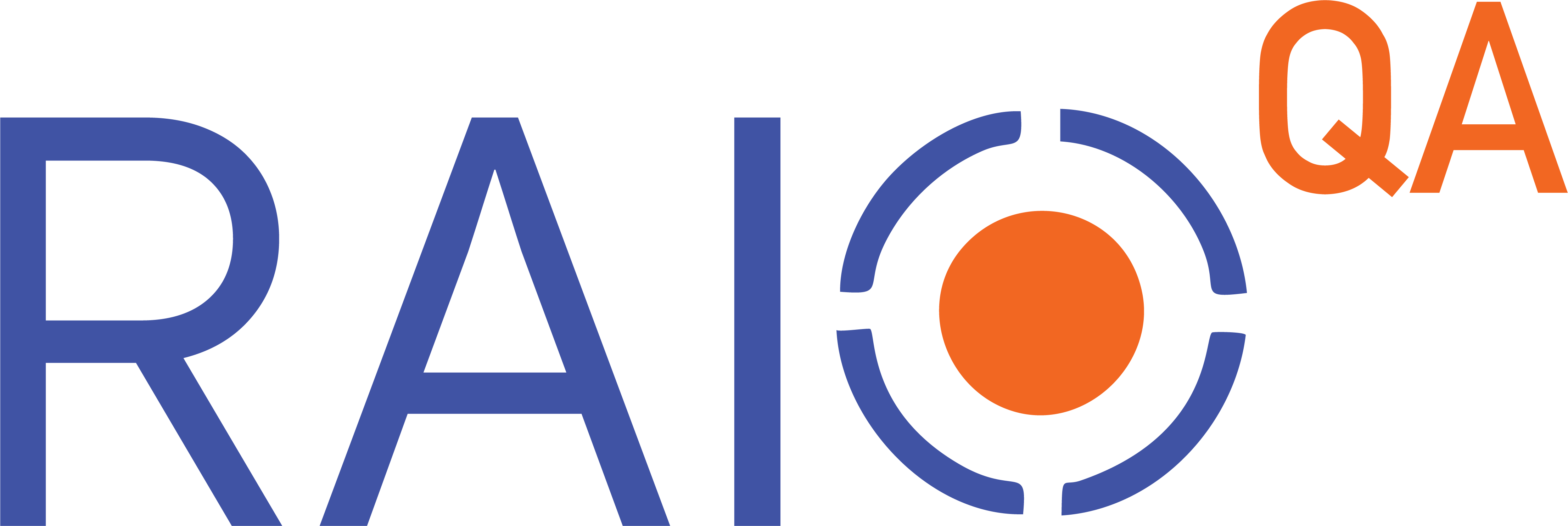Radiation therapy is one of the most precise and effective treatments for cancer, delivering targeted doses of radiation to destroy malignant cells while preserving surrounding healthy tissue. However, achieving this level of precision requires more than just advanced technology—it demands rigorous quality assurance (QA) at every step.
From ensuring that radiation machines operate within exact specifications to verifying patient treatment plans, the QA process in radiation oncology is both intricate and essential. Medical physicists play a critical role in maintaining treatment accuracy, and the complexity of their work often goes unnoticed. In this article, we’ll explore the layers of QA behind radiation oncology machines and why standardization and automation are key to improving efficiency and patient safety.
The Complexity of Radiation Oncology Machines
Radiation therapy machines, such as linear accelerators (LINACs), are sophisticated pieces of equipment designed to deliver precise doses of radiation. These machines rely on complex subsystems, including:
- Beam generation and modulation – Ensuring that radiation is shaped and directed correctly.
- Multi-leaf collimators (MLCs) – Dynamic shielding mechanisms that shape radiation beams for intensity-modulated radiation therapy (IMRT) and volumetric-modulated arc therapy (VMAT).
- On-board imaging systems – Used for real-time imaging and verification of patient positioning.
Even the slightest mechanical deviation or calibration drift can lead to treatment inaccuracies, making routine QA essential.

The Many Layers of QA in Radiation Oncology
1. Machine Performance & Safety Checks
Ensuring the reliability of LINACs and other radiotherapy equipment involves a structured QA schedule:
- Daily QA – Basic performance checks like output consistency and imaging system accuracy.
- Weekly QA – More detailed verifications, such as beam symmetry and flatness.
- Monthly & Annual QA – In-depth evaluations of dosimetric performance, mechanical alignment, and imaging calibration.
Each test ensures that machines operate within safe parameters, reducing risks of incorrect dose delivery.
2. Patient-Specific QA
Before a radiation treatment plan is delivered, it must undergo rigorous verification to ensure its accuracy. This includes:
- Dose calculation validation – Ensuring the prescribed dose aligns with the treatment plan.
- Phantom-based testing – Using simulated patient models to verify dose distributions.
- Pre-treatment delivery verification – Confirming that the LINAC can accurately replicate the planned treatment.
Patient-specific QA is crucial for preventing errors that could impact clinical outcomes.
3. Data Integrity & Compliance
Radiation oncology is a highly regulated field, with QA procedures dictated by professional organizations such as:
- American Association of Physicists in Medicine (AAPM) – Establishes QA guidelines (e.g., TG-142, TG-100).
- American College of Radiology (ACR) – Ensures compliance with imaging and treatment standards.
- Regulatory bodies (e.g., NRC, FDA, Joint Commission) – Mandate strict QA reporting and safety protocols.
Managing compliance requires meticulous documentation and adherence to evolving standards.
The Challenge: Managing the Complexity of QA
Despite its importance, the QA process in radiation oncology is often fragmented and time-consuming. Many clinics still rely on:
- Manual spreadsheets and paper records – Leading to inefficiencies and data silos.
- Disparate software systems – Making collaboration difficult between medical physicists, radiation oncologists, and dosimetrists.
- Repetitive workflows – Increasing the risk of human error and oversight.
Without a standardized and automated system, ensuring compliance and efficiency remains a significant challenge.
The Future of QA in Radiation Oncology
As the complexity of radiation oncology grows, so does the need for smarter, more efficient QA solutions. Cloud-based platforms like RaioQA help medical physicists streamline QA workflows by providing:
- Real-time access to QA data – Enabling instant collaboration and transparency.
- Automated tracking and reporting – Reducing administrative burdens and human error.
- Standardized processes – Ensuring consistency across treatment centers.
By embracing cloud-based QA management, radiation oncology teams can focus more on patient safety and treatment quality—without being bogged down by inefficiencies.
Interested in optimizing your QA process? Learn how RaioQA can simplify your workflow.



